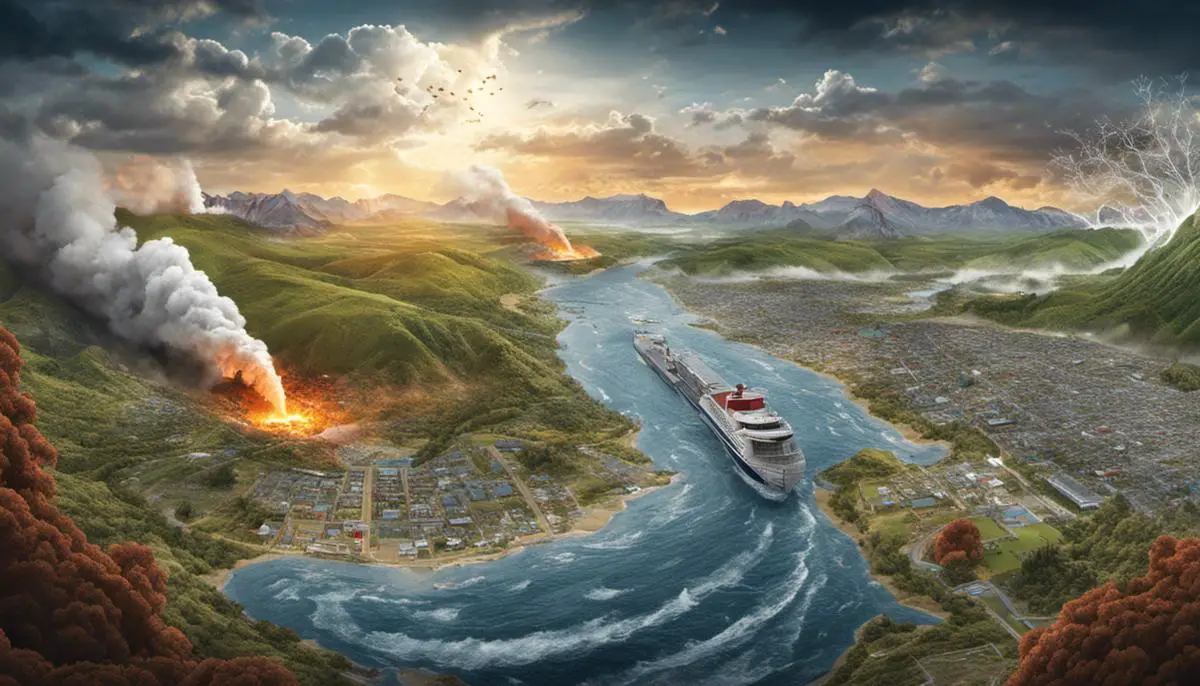As we gaze into the horizon of 2023, the advent of potential natural disasters and our collective approach towards their prediction, prevention, and management take on vital significance. Given the growing acuteness of this global predicament, solid grounding in the science of forecasting such events, outlining preventive measures, evaluating prospective impacts, and effective response strategies is necessary for societal resilience. This discourse hence aims to shed light on the anticipated natural disasters in 2023, including but not limited to hurricanes, earthquakes, floods, and wildfires, while offering insights into cutting-edge technological advances reshaping our stance against these calamities.
Scientific Forecasting of 2023 Natural Disasters
Scientific Methods for Predicting Natural Disasters
Advancements in technology and scientific understanding have improved the accuracy of natural disaster predictions. Climate models, earth observation satellites, and advancements in seismology contribute greatly to the prognosis. For instance, historical hurricane tracking data, combined with models of ocean temperatures and atmospheric conditions, predict the likely frequency and intensity of these storms. With earthquakes, scientists analyze seismic activity and geological formations to determine the likelihood of future tremors. However, exact forecasting of earthquakes remains a challenge due to their unpredictable nature.
For predicting floods, meteorologists and hydrologists monitor weather patterns and river levels, along with the capacity of catchment areas and the state of the soil, to estimate flooding probabilities. As for wildfires, weather predictions, especially wind speed and direction, alongside data on vegetation dryness, aid in estimating the risk.
Predictions for 2023 Natural Disasters
Researchers anticipate a potentially active hurricane season in 2023 due to increasing sea surface temperatures and shifting atmospheric conditions, primarily in the North Atlantic Ocean. These conditions are likely to lead to stronger and more frequent tropical storms, affecting areas such as the Gulf Coast, the Eastern Seaboard of the United States, and the Caribbean islands.
Meanwhile, the Pacific Rim, often referred to as the Ring of Fire due to its seismic activity, will continue to be a region of concern for earthquakes and potential volcanic eruptions. Countries like Japan, Indonesia, and the west coasts of both North and South America are particularly susceptible.
Flood predictions highlight regions already susceptible to heavy rainfall events. The prediction models suggest that South Asia, particularly India and Bangladesh, as well as parts of East Africa and the Southeastern United States, may experience above-average precipitation and potential for significant flooding incidents.
Wildfires could continue to escalate in parts of Australia and the Western United States, driven by changing precipitation patterns and increasing temperatures. The Mediterranean region and parts of Central Asia may also face heightened wildfire risks.
The Influence of Climate Change on Predicted 2023 Natural Disasters
The pivotal role of climate change in forecasting natural disasters cannot be overstated. Escalating global temperatures may amplify the ferocity of tropical storms and elevate the probability of extreme heatwaves. It could also extend drought conditions that fuel wildfires. Scientists suggest an accelerated rate of warming in the Arctic region could result in permafrost thawing, glacier melting, and rising sea levels transforming into escalated coastal flooding.
The ripple effects of these ongoing climate variations are projected to shape the natural disasters of 2023. By recognizing potential risks and making informed predictions, societies can take proactive steps to lessen the detrimental impacts, thereby reducing damage and saving lives.
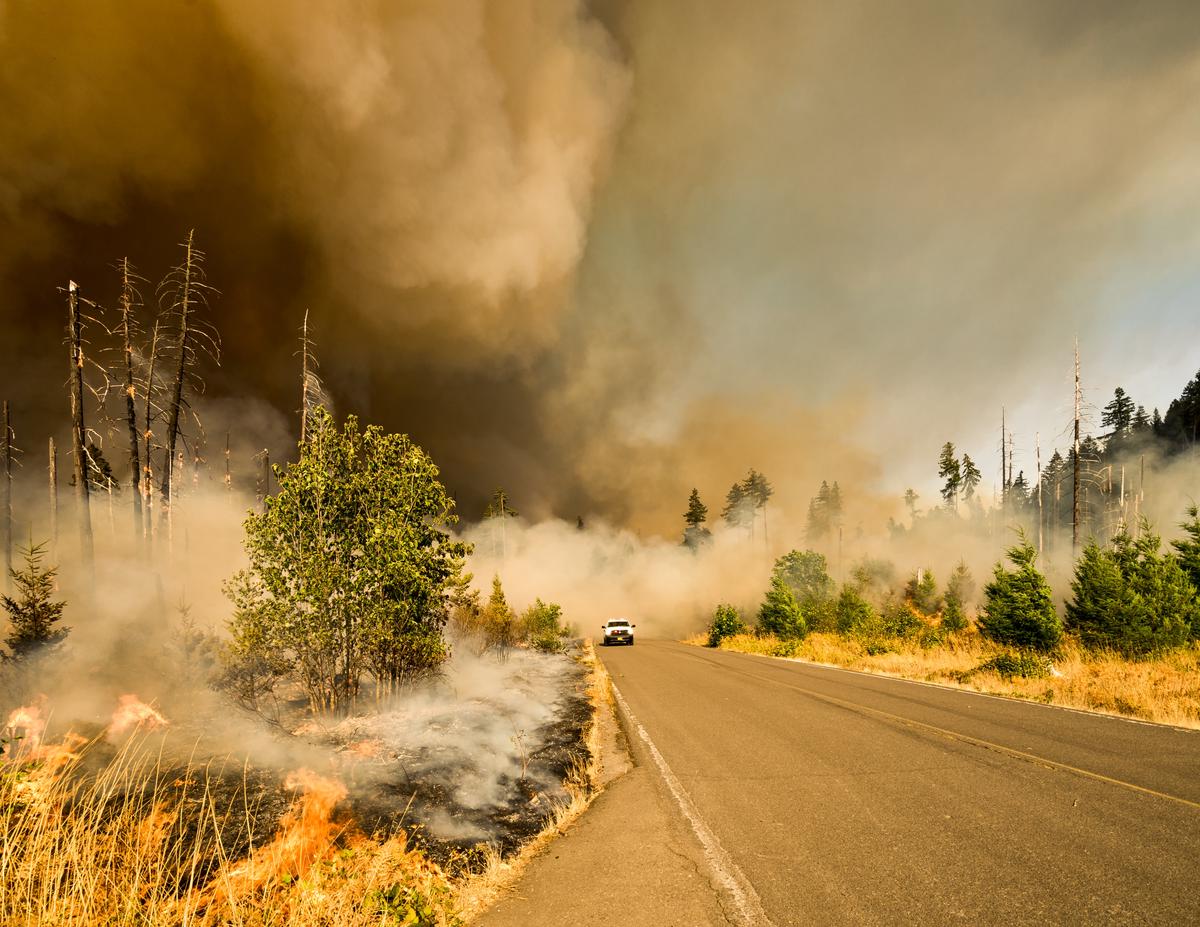
Photo by marcus_kauffman on Unsplash
Preventative Measures for 2023 Natural Disasters
Proactive Preparations: Building a Disaster-Resilient Community for 2023
In mitigating the impacts of the natural disasters forecasted for 2023, the role of community preparedness and preventive measures is imperative. This can be achieved by the concerted efforts of local government bodies, non-profit organizations, and individuals alike. Together, they can devise and promote disaster preparedness strategies aligned with anticipated hazards. These actions could range from conducting drills, educating community members on crucial survival skills, to the dispersal of ready-made disaster kits.
The importance of educational campaigns in community readiness cannot be underestimated. Regular training on essential skills such as first aid, emergency reactions, and survival tips should be facilitated. Moreover, the community should identify and establish safe zones and evacuation centers. It is crucial that all inhabitants are aware of these locations and the quickest routes to reach them in times of crisis.
Updating Building Codes: Ensuring Safer Infrastructure
While community preparation plays a significant role in preventing disaster damage, it should work hand in hand with updating building codes to ensure safer infrastructure. The construction standards should evolve continuously, accommodating the risks associated with changing climate patterns and increasing natural disasters.
Tougher building codes that emphasize disaster-resistant construction can significantly reduce the severity of impacts from natural disasters. For instance, buildings in earthquake-prone regions could be required to include seismic designs that absorb the shock waves from earthquakes, avoiding structural failure. Beachfront properties, in the meantime, might consider implementing construction codes that guard against storm surge and flooding.
Efficient Evacuation Plans: Designing a Seamless Procedure
Evacuation plans are an essential component of disaster management. These plans should map out the most efficient routes to safety, considering traffic, population density and proximity to potential natural hazards. Special attention should be given to vulnerable populations like children, the elderly, and physically challenged individuals.
In instances where evacuation becomes necessary, having a pre-established network of communication can accelerate the process and avoid unnecessary loss. These communication channels rely on local radio, social media and text updates to disseminate urgent information.
Role of Governments and Organizations
Government and organizational roles in disaster preparedness can never be understated. They bear the task of funding, developing, and implementing readiness plans. Active collaboration with meteorological departments for advanced disaster warnings can help devise timely responses.
Governments should consider passing legislation that supports rigorous building codes, and also ensure sufficient funding for community training programs. Similarly, organizations can collaborate with local communities by providing resources and expertise that are necessary not only for disaster preparation but also for post-disaster recovery.
Understanding Disaster Management: The Importance of Individual Preparedness
Amid various disaster management strategies, individual preparedness remains critical. This includes the acquisition of survival skills and the compilation of an at-home emergency kit. Well-prepared households can significantly contribute to their community’s overall preparedness. To be effectively ready, it is important for individuals to know the specific risks they could encounter from projected disasters, and to gather the necessary supplies and approach accordingly.
An emergency kit ought to include essential items, such as non-perishable food, water, medicine, and a radio powered by batteries. Such preparedness ensures that individuals can withstand the initial days following a disaster when getting assistance may not be immediately possible.
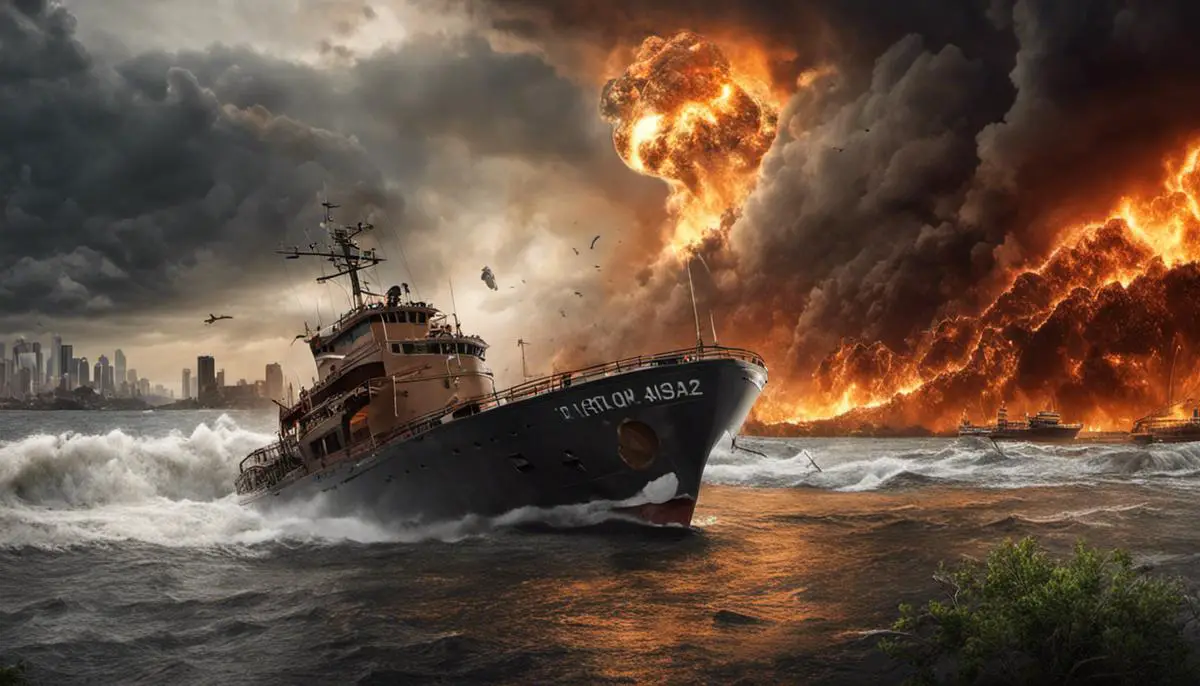
Impact Analysis of 2023 Natural Disasters
Anticipated Economic Impact of 2023’s Predicted Natural Disasters
The potential natural disasters in 2023 are anticipated to have significant repercussions on the world’s economy, affecting multiple sectors. Industries like agriculture and tourism could be particularly hard-hit. Unexpected catastrophic events typically result in exponential increases in production costs. For instance, damaged crops due to floods or droughts could cause a considerable hike in food prices, thereby influencing local and global food markets.
Damage to infrastructure is another substantial economic concern that could halt economic activity. Substantial funds are required to repair damaged bridges, roads, and public utilities, and their disruption can greatly impact daily life and economic functionality. As secondary impacts, these incidents may also lead to job losses and business interruptions.
Social Impacts of Predicted 2023 Natural Disasters
The toll of natural disasters isn’t just economic; they can also induce striking social consequences. The immediate human cost is generally loss of life and injury, but the effects often extend for many years after the event. Displacement and migration are recurring themes in post-disaster scenarios, as people are forced to leave their homes due to unlivable conditions. This could potentially result in overcrowded areas and strained resources elsewhere, leading to social unrest and increased socio-economic disparity.
Furthermore, these disasters can greatly impact mental health, leading to a lasting increase in anxiety, depression, post-traumatic stress disorder, and other mental health issues. The upheaval to usual societal structures and routines add to the overall stress experienced in these situations.
Environmental Impacts of Predicted 2023 Natural Disasters
Natural disasters significantly alter local ecosystems, cause biodiversity loss, and deterioration of natural resources. Coastlines may reshape due to storm surge events; fires can decimate large tracts of forests, affecting the fauna’s habitats and reducing the capacity for carbon absorption. Flooding can result in water contamination, instigating a vicious cycle of environmental decline.
In addition, waste management becomes a challenge in a post-disaster scenario. The accumulation of debris needs proper disposal to prevent further environmental damage. Unregulated dumping of waste can cause issues like water contamination, soil degradation, and air pollution.
Differential Impacts on Cities and Rural Communities: The divide widens
Predicted natural disasters for 2023 might disproportionately affect cities and rural communities differently. Urban areas, characterized by high-density populations and extensive infrastructure, could have higher fatalities, infrastructural damage, and economic losses. However, they often have better resources for disaster management and recovery.
On the other hand, rural communities, despite possibly facing lower levels of direct damage, often struggle with recovery owing to limited resources, lower incomes, and limited access to much-needed services such as healthcare and mental health support. The socio-economic disparity between urban and rural communities can therefore widen due to something beyond their control: a natural disaster.
Impacts of Climate Change on Natural Disasters
In light of climate change, we are likely to witness a rise in both the frequency and intensity of natural disasters. Such heightened activity is anticipated in 2023 and further into the future. Factors such as the elevation in sea levels, increase in global temperatures, and altering rainfall patterns are significant contributors to this potential escalation. Consequently, this could lead to more devastative consequences on economies, societies, and our environment.
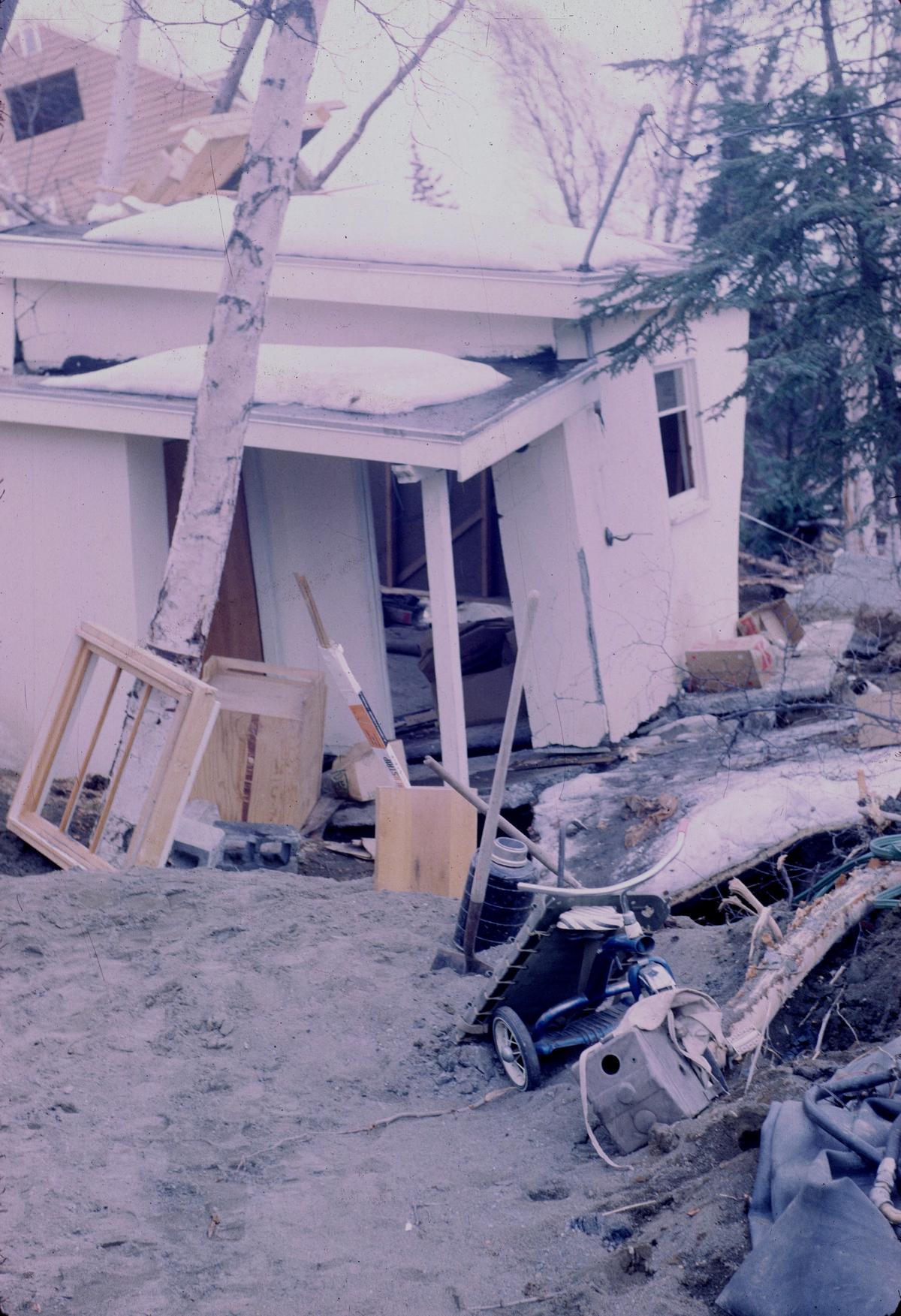
Case Studies of Effective Response and Recovery
Insights from Previous Natural Disasters: Case Study – Haiti Earthquake, 2010
A profound instance reflecting the impact of natural disasters is the massive earthquake that struck Haiti in 2010. With a magnitude of 7.0, this catastrophe claimed approximately 230,000 lives and left nearly 1.5 million individuals homeless. The quick disaster response in the aftermath of the earthquake bore promising results, with global help pouring in from international aid agencies, humanitarian establishments, and foreign governments, all uniting to combat the extensive devastation.
The efficacy of this disaster management initiative can be ascribed largely to a well-defined delineation of duties among various organizations. The United Nations spearheaded the worldwide humanitarian response in alignment with its mandate. Equally imperative was the role of Non-Governmental Organizations that addressed immediate relief necessities such as food supply and medical assistance. Additionally, foreign governments made significant contributions in the form of financial aid and specialized personnel, including search and rescue teams. The swift response, emphasis on teamwork, and coherent division of duties resulted in this endeavor, being remembered as one of the most successful instances of disaster management in history.
Case Study 2: The 2005 hurricane- New Orleans, USA:
The aftermath of Hurricane Katrina, which hit New Orleans in 2005, is regarded as a prime case study for effective disaster recovery. Despite widespread devastation, the city’s resilience strategies became a blueprint for future disaster responses.
One focus was on rebuilding and reinforcing the city’s infrastructure to withstand future challenges – including the strengthening of the levee system. Another was the development of a comprehensive disaster response strategy, involving improved evacuation routes and disaster-response communication systems. Recovery efforts also placed a significant emphasis on community-led initiatives, acknowledging the crucial role local knowledge and expertise can play in disaster recovery.
Case Study 3: The 2011 tsunami- Japan:
After the 2011 tsunami and subsequent Fukushima Daiichi nuclear disaster, Japan demonstrated a model recovery strategy that capitalized on technology, efficient risk communication, and public participation. Japan’s approach entailed cleanup operations, rebuilding efforts, radiation screening programs, and resettlement initiatives, backed by consistent government communication.
Here, the critical success factor was community engagement where citizens took the lead in their recovery. The government also invested heavily in technology, utilizing robots for cleanup operations, drones for mapping disaster regions, and building robust tsunami warning systems.
With a careful examination of past disaster response and recovery strategies, one can tease out a pattern of effective approaches. These strategies are comprised of prompt action, efficient coordination, transparent communication, as well as active involvement from the public. Notably, they also concentrate on immediate reconstruction efforts and sustain long-term resilience post-disaster. In facing natural disasters of 2023 and what lies beyond, it is indispensable that these successful elements are ingrained deeply in every disaster management blueprint. Drawing lessons from past achievements will thereby facilitate future endeavors in reducing detrimental effects of such tragedies on human existence, material possessions, and the ecological system.

Technological Advances and 2023 Natural Disasters
Progress in Predictive Modeling: A Vital Component of Disaster Risk Management
When it comes to limiting the adverse effects of natural disasters, progress in predictive modeling emerges as an incredibly beneficial tool. This high-tech method enables scientists and investigators to fabricate numerous scenarios of natural disasters, based on data aggregation and assorted algorithms. Predictive modeling aids in identifying the probability of natural disasters in particular regions, their conceivable intensity, and prospective repercussions. This information, collected from the models, is irreplaceable for emergency preparedness and response, estimation of insurance premiums, designing infrastructure, and educating communities. Especially, areas that frequently encounter earthquakes, hurricanes, and wildfires could reap substantial benefits from the understanding provided by these models. As we progress in scientific innovation, we can anticipate a rise in the precision and comprehensiveness of predictive modeling, particularly by 2023.
Drone Surveillance: A New Age for Disaster Response
Drone surveillance has transformed the way emergency response teams assess damage and execute ongoing rescue operations after natural disasters. Utilizing drones to collect data in disaster-stricken zones provides emergency personnel a safer, faster way to evaluate the extent of damage and search for survivors. Drones equipped with thermal sensors, for instance, can track heat signatures of buried victims during an earthquake, immensely helping with rescue efforts. Moreover, drones allow detailed inspection of infrastructures such as bridges, buildings, or roads afflicted during disasters, therefore facilitating well-informed decisions regarding recovery and rebuilding operations. As drone technology becomes increasingly advanced, the speed, complexity, and efficiency of disaster response are set to significantly improve by 2023.
Artificial Intelligence in Disaster Management
Artificial Intelligence has emerged as a revolutionary technology in predicting, mitigating, and responding to natural disasters. AI can effectively analyze vast amounts of data, including weather patterns and seismic activity, to predict the likelihood and severity of natural disasters such as hurricanes, earthquakes, and floods. By aiding in early warnings, AI allows for better preparedness and potentially saves lives and resources. Apart from this, AI can also support response efforts post-disaster, such as allocating resources, guiding evacuation strategies, or planning for long-term recovery. In 2023 and beyond, the integration of AI systems in disaster management is expected to reduce the severity of damage caused by natural disasters by enhancing predictive capabilities.
The amalgamation of these three core technologies – advanced predictive modeling, drone surveillance, and AI – shows immense promise in our battle against natural disasters. With year 2023 approaching, the fine-tuning is already underway to enable more precise predictions, efficient responses, and effective rebuilding strategies, significantly reducing disaster-related losses and saving more lives.
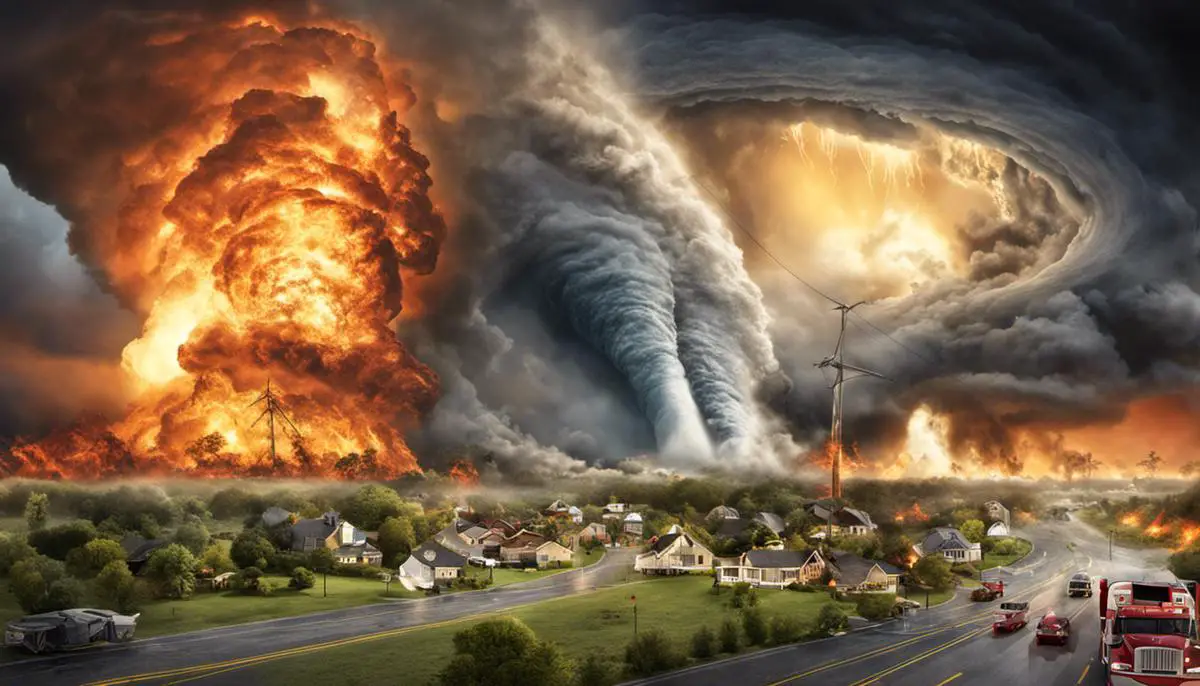
The facing of natural disasters is an indomitable facet of human existence, further intensified by the ongoing changes in our environment and climate. 2023 is poised to experience its share of these events, yet the evolving landscape of scientific prediction and burgeoning technologies offer a glimmer of hope. Equipped with lessons from the past and a vigilant eye on the future, we can indeed weave a stronger, resilient global community. As we anticipate these natural vicissitudes, every citizen, government, and organization has a part to play in preparing, enduring, and recovering, thereby ushering in a future where we are not victims of natural disasters but resilient survivors.
FAQ
What month is worst for hurricanes?
September is usually thought to be the deadliest month for storms in the Atlantic Basin. At this time of year, hurricane season usually peaks when the tropical Atlantic is at its most conducive to storm development and strengthening. There is an increased amount of hurricane activity during this season due to a combination of warm ocean waters, low wind shear, and strong atmospheric instability. In the past, September has seen the landfall of some of the most destructive storms, including storms Katrina and Irma. Residents in hurricane-prone areas need to be especially watchful, organized, and mindful of weather forecasts and warnings during this time.
What was the worst hurricane in history?
It is difficult to choose which hurricane is the “worst” in history because there are several factors to consider, such the greatest number of fatalities, the most amount of economic damage, or the strongest wind speeds. Nonetheless, the 1900 Galveston Hurricane was among the deadliest storms ever recorded. One of the deadliest natural catastrophes in American history, this Category 4 storm slammed the city of Galveston, Texas, causing extensive damage and killing an estimated 8,000 to 12,000 people. The enormous death toll was a result of both the city’s susceptibility to storm surge and the absence of sophisticated warning systems. Though progress in meteorology and disaster planning has been done since then to lessen the impact of such catastrophic storms, the Galveston Hurricane nevertheless serves as a grim reminder of the strength and devastation that hurricanes may cause.
What was the most powerful storm ever recorded?
Typhoon Haiyan, sometimes referred to as Yolanda in the Philippines, is the strongest storm ever measured in terms of sustained wind speeds. It happened on November 8, 2013, in the Philippines. With winds as high as 235 mph (380 km/h) and a maximum sustained speed of 195 mph (315 km/h), Haiyan was a Category 5 super typhoon. Millions of people were impacted by the storm’s terrible destruction, which included massive damage, widespread flooding, and a destructive storm surge that claimed over 6,000 lives. Typhoon Haiyan is one of the strongest and deadliest tropical cyclones in recorded history due to its extreme intensity and the widespread devastation it wrought.
Has there ever been a Category 5 hurricane?
Yes, there have previously been Category 5 hurricanes. Saffir-Simpson Hurricane Wind Scale hurricanes with sustained wind speeds of 157 miles per hour (252 kilometers per hour) or more are classified as Category 5, the strongest and most intense category. Hurricane Andrew in 1992, which hit South Florida, and Hurricane Katrina in 2005, which wreaked havoc on New Orleans and the Gulf Coast, are two prominent examples of Category 5 hurricanes. Due to their extraordinarily high wind speeds, potential for catastrophic storm surges, and destructive effects on coastal areas, Category 5 storms are relatively uncommon but exceedingly deadly. Though we can now track and prepare for these storms better thanks to advanced technology and forecasting, they still pose a tremendous hazard when they do come.
![]()
